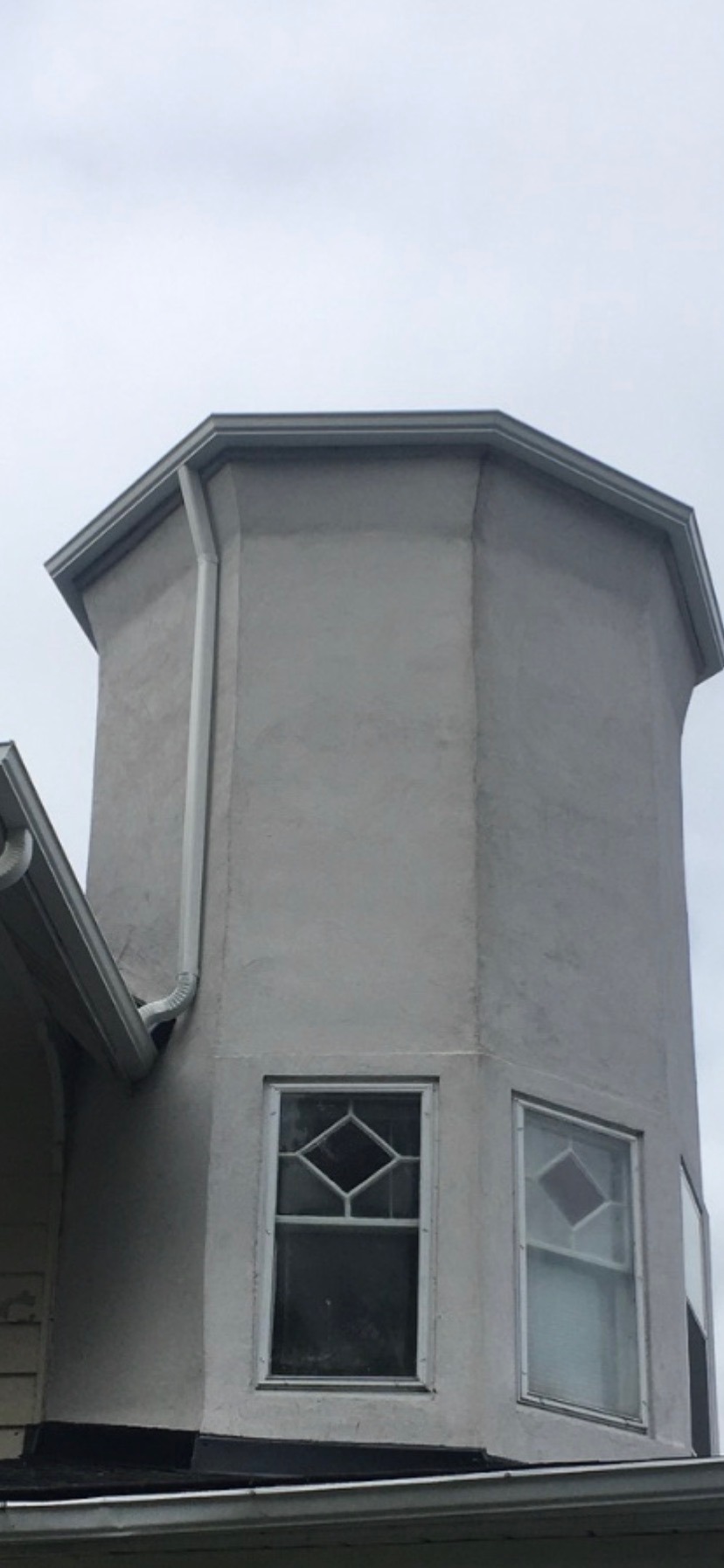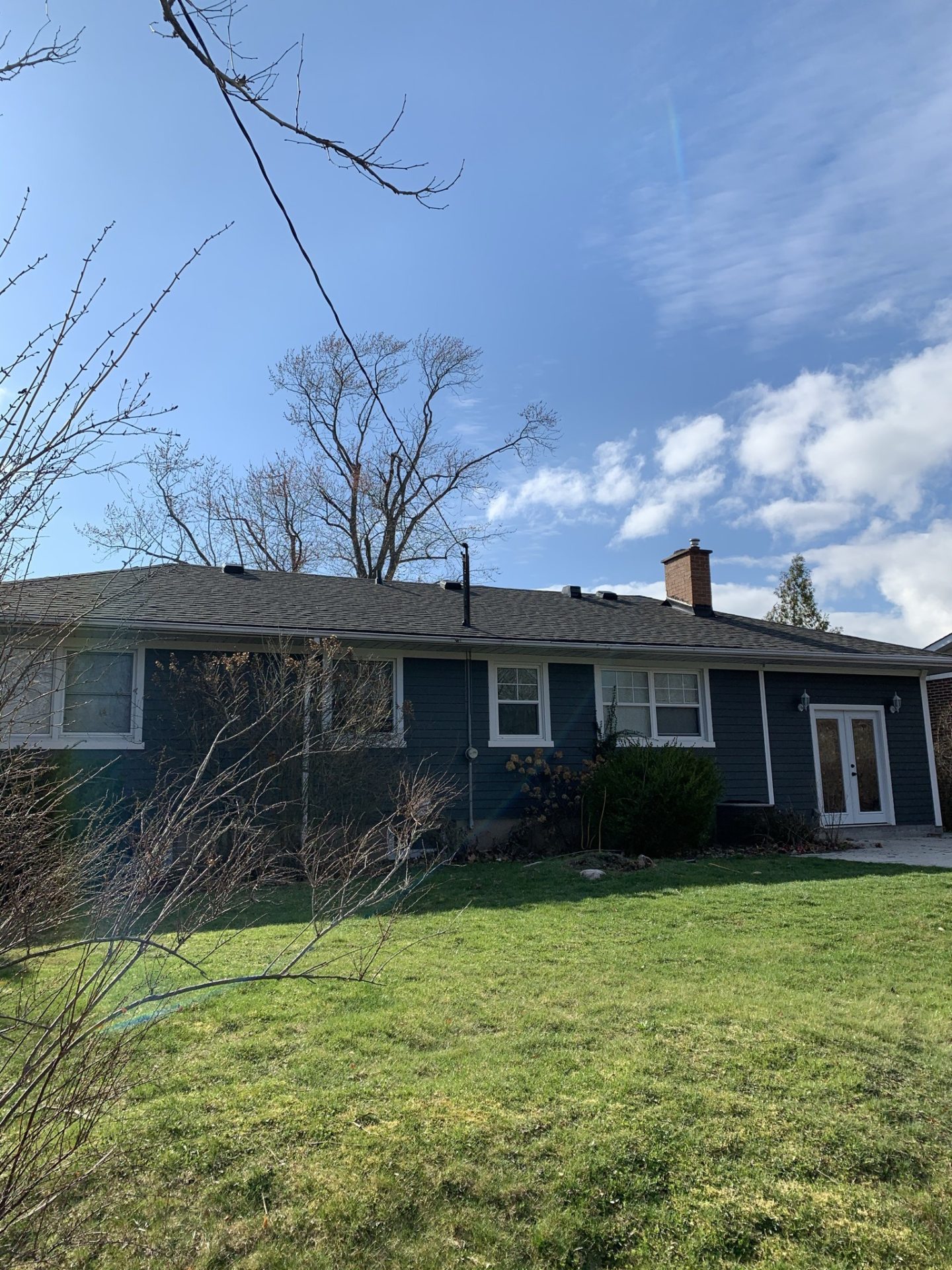Get a Accredited Roofing Contractor for Hassle-Free Roofing Services
Get a Accredited Roofing Contractor for Hassle-Free Roofing Services
Blog Article
Discover the Various Kinds Of Roofing Materials and Their Unique Advantages
Selecting the appropriate roofing material is essential for both the defense and visual appeal of a home. Each material brings unique benefits, such as the longevity of steel or the green features of timber trembles.
The Classic Charm and Resilience of Slate Roof
Slate roof, respected for its style and durability, supplies a notable aesthetic and sensible strength that couple of products can match. Stemming from all-natural slate rock, it is celebrated not just for its traditional visual allure but also for its ability to stand up to decades of exposure to extreme weather. A slate roofing usually has a life expectancy exceeding 100 years, significantly outshining various other roof products like asphalt roof shingles or steel roof.
Unlike other materials that could warp or degeneration, slate continues to be stable, guaranteeing that its appeal withstands with very little upkeep. For home owners looking for a blend of ageless design and robust performance, slate roof stands out as an optimum option.
The Eco-Friendly and Aesthetic Allure of Timber Shakes
While slate roof covering is recognized for its durability and classic appearance, wood drinks provide a completely various set of environmental and visual benefits - roofing contractor. Acquired from natural timber, usually cedar, timber shakes are treasured for their rustic, distinctive appearance that enhances a range of architectural designs. Unlike various other roof products that can show up extremely produced, timber trembles carry an inherent warmth and beauty that enhances the natural charm of a structure
Their manufacturing additionally calls for less energy contrasted to various other roof materials, contributing to a reduced carbon footprint. Taken with each other, timber shakes existing an engaging choice for home owners seeking an eco pleasant roofing solution with distinctive visual charm.

The Cost-Effectiveness and Flexibility of Asphalt Roofing Shingles
Although less typical than timber drinks, asphalt shingles are highly valued for their cost-effectiveness and adaptability, making them a popular option among house owners. This roofing material supplies an equilibrium in between price and sturdiness, usually long lasting between 15 to 30 years depending on environmental problems and upkeep. Asphalt roof shingles feature a composition of fiberglass or natural materials saturated with asphalt and covered with mineral granules, giving a trustworthy obstacle against water and UV rays.
The Modern and Long-Lasting Conveniences of Steel Roof Covering
Transitioning from the standard charm of asphalt roof shingles, metal roof covering provides a modern choice that flaunts longevity and very little maintenance. Unlike its precursors, metal roof stands apart for its outstanding durability, often long lasting 40 to 70 years depending on the product type such as steel, aluminum, or copper. This durability is dramatically above other roof covering products, which usually require substitute much more frequently.
Metal roof coverings are likewise extremely resistant to extreme climate conditions, consisting of hefty snow, hail storm, and wildfires. Their interlacing panels add to boosted wind resistance, making them a perfect choice for locations vulnerable to extreme climate occasions. Metal roofing is energy-efficient; its reflective residential or commercial properties can lower cooling down costs by reflecting solar radiant warm instead of absorbing it.
One more noteworthy advantage is its ecological sustainability. Steel roofing systems are 100% recyclable at the end of their life cycle, minimizing garbage dump waste. This element, integrated with their long life-span, makes steel roofing an increasingly Home Page popular selection for eco-conscious property owners.
The Cutting-edge Attributes of Artificial Roof Covering Materials
Shifting focus from metal to artificial roofing materials, a series of innovative functions emerges that satisfies both visual adaptability and functional performance. Synthetic roof materials, largely composed of rubber and plastic polymers, are crafted to imitate the look of all-natural roofing materials such as slate, timber shakes, and clay floor tiles. This convenience enables house owners to accomplish desired looks without the linked price and maintenance burdens of all-natural products.
Additionally, artificial roofs are celebrated for their resilience. Immune to weathering, fire, and mold and mildew, these products provide a durable roofing remedy that withstands diverse ecological obstacles. The light-weight nature of synthetic roof covering likewise means simpler and more economical setup, decreasing the total stress on a structure's structure.
Furthermore, artificial roofing useful site materials are eco-friendly. Numerous are made from recycled products and are themselves totally recyclable, contributing to a decreased ecological impact. This mix of durability, visual charm, and environmental consciousness makes artificial roof covering an increasingly popular option amongst homeowners.
Conclusion
In verdict, selecting the ideal roof material necessitates stabilizing visual choices, budget plan restrictions, and environmental considerations. From the enduring sophistication of slate and the all-natural appeal of timber drinks to the expense performance of asphalt roof shingles, the strength of metal, and the ingenious layout of artificial alternatives, property owners have a huge selection of choices. Each material provides distinct advantages, guaranteeing there is a suitable alternative for every architectural style and personal taste.

Unlike other roof covering products that can appear overly made, timber shakes bring an inherent heat and appeal that enhances the all-natural beauty of a structure.
Shifting emphasis from metal to synthetic roof covering materials, an array of ingenious features emerges that provides to both visual adaptability and practical efficiency. Artificial roofing materials, primarily made up of rubber and plastic polymers, are crafted to mimic the look of natural roof covering materials such as slate, timber drinks, and clay floor tiles.
Report this page